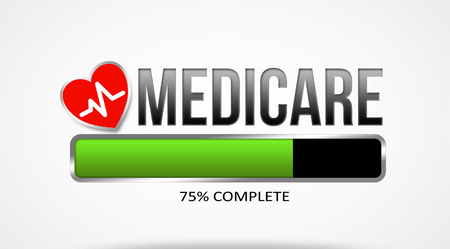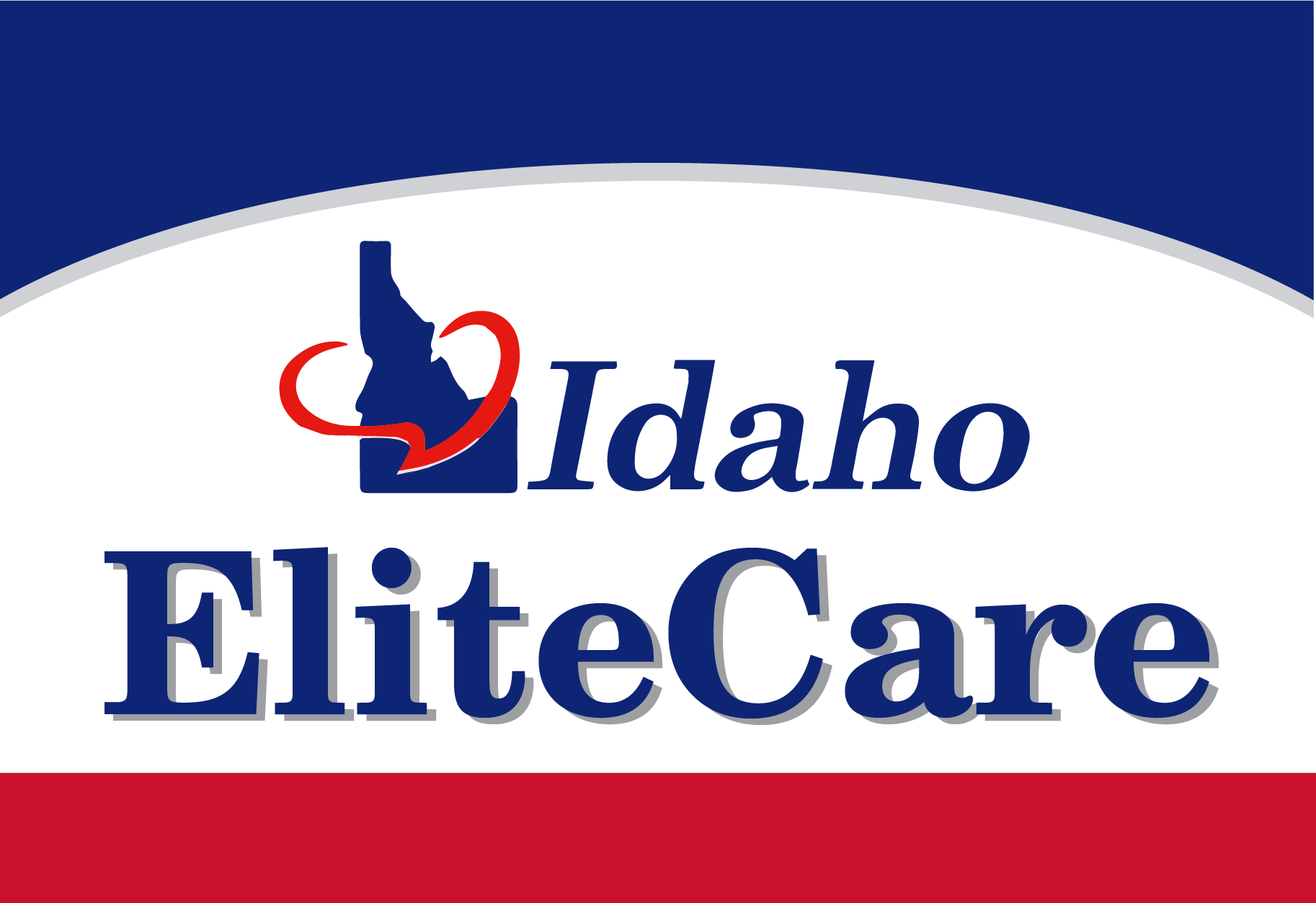Using Your Drug Plan for the First Time

For many people, getting enrolled in Medicare seems to be the hard part. But, it isn’t completely smooth sailing after enrollment. There are some things you need to know before using your coverage. It isn’t complicated, but you should be aware of these things.
What Do You Need To Take With You?
- Your Medicare Card
- A Photo ID
- Your Plan Membership Card
Automatic Refill Plans (for mail-order service)
Many people who have Medicare benefits receive their prescriptions with an automatic refill option. This allowance delivers prescriptions to be refilled before they run out. In the past, some drug plans weren’t checking to make sure that customers wanted or needed the offered prescriptions, so they created waste and unnecessary additional costs for those with Medicare and its drug coverage (Part D).
Today, plans must receive a recipient’s approval to deliver a prescription, whether it is a new one or a refill, unless the request is made when the prescription is created. Some plans request this every year, others ask for this before delivery.
This policy doesn’t affect refill programs that the recipient picks up, and it doesn’t apply to long-term care pharmacies that give out and deliver prescription drugs. This new policy might be a change for anyone who has received their prescriptions via mail order and have not had the opportunity to confirm that they still need prescriptions.
Medicare recipients should always check if they receive any prescriptions that are unwanted via an automated delivery program. If you were, in fact, charged for a prescription that you did not request, you might be eligible for a refund. If you can’t resolve an issue with the plan or you wish to file a complaint, you are always welcome to call us for help.
When you apply to use your drug plan for the first time, you will need to provide your plan with certain documentation. These documents can include:
- A purple notice from Medicare that states you automatically qualify for Extra Help
- A green or yellow automatic enrollment notice from Medicare
- An Extra Help “Notice of Award” from Social Security
- An orange notice from Medicare that says your copayment amount will change next year
- If you have Supplemental Security Income (SSI), you can use your award letter from Social Security to confirm that you are receiving Social Security benefits.
- Proof of Medicaid coverage, living in an institution, or proof that you receive home- and community-based services:
- A bill from an institution such as a nursing home or a state document showing that Medicaid has paid for your stay for at least one month
- A printout from your state’s Medicaid system showing you have lived in an institution for at least one month
- A document from your state that shows you have Medicaid and are receiving home- and community-based services
Once you provide your plan with this information, your plan must:
- Make sure you pay no more than the LIS drug coverage cost limit. For example, in 2022, prescription costs cannot exceed $3.95 for each generic or $9.85 for each brand-name drug covered for the enrollment in the program
- Contact Medicare for confirmation if it’s available. Processing takes up to two weeks after application, depending on the circumstances.
Privacy and security of the health information of any applicant should be the primary concern of patients and their family members, health care providers, professionals, and the government. Federal law requires anyone who handles health information to protect such data regardless of its storage method. This is required by the Health Insurance Portability and Accountability Act of 1996 (HIPPA). You may have additional protections and rights under your state’s laws.
Using Network Pharmacies
Medicare prescription plans have contracts with other pharmacies that operate within their networks. These operate to provide you with better service. Medicare drug plans also work with these “network pharmacies” to offer lower prices to their enrollees.
Your plan’s network, along with retail pharmacies, might offer a mail order program or an option for retail pharmacies to supply an additional two- or three-month supply of your prescriptions.
- Preferred pharmacies: If your plan has preferred pharmacies, you could save money on out-of-pocket expenses
- Mail order programs: Some plans may offer mail order programs that will provide you with a three-month supply of your prescriptions. These will be sent directly to your home.
- Retail pharmacy programs: Some retail pharmacies offer a two- or three-month supply of any covered prescriptions.
Idaho Medicare is Here to Help You
When you let us help you enroll, we are always here for you. Anytime you have questions about coverage, or are concerned about changes in your needs we are only a phone call away.
When it comes time to use your plan for the first time, don’t be embarrassed to call and clarify how to do so the right way. At the end of the day, we are here to help you.
Please share this article if you found it helpful, or fill out the the contact form on my contact page to request assistance. You can also feel free to call or text me to get your questions answered.



Sign up for our Newsletter
Once or twice per week we deliver Medicare tips straight to your email inbox. Try it, we think you'll like it!
By providing the information (above/below) I understand that Idaho Medicare, may contact me regarding Medicare Advantage Plans, Prescription Drug Plans, and Medicare Supplement Plans.
*Not connected with or endorsed by the United States government or the federal Medicare program.
Christensen Insurance
Idaho Falls, Idaho

All Rights Reserved
Idaho Medicare
ph: (208) 759-5794
*Calling the number above will direct the caller to a licensed agent.
a: 2296 N Yellowstone Hwy, Building B Suite 303, Idaho Falls, ID 83401
Serving the entirety of ID, UT, NM, MT
Medicare has neither reviewed nor endorsed this information.
Not connected with or endorsed by the United States government or the federal Medicare program.
We do not offer every plan available in your area. Any information we provide is limited to those plans we do offer in your area. Please contact Medicare.gov or 1-800-MEDICARE to get information on all your options.
By providing your name and contact information you are consenting to receive calls, text messages and/or emails from Monica Nelson at Idaho Medicare, a licensed insurance agent, about Medicare Plans at the number provided, and you agree such calls and/or text messages may use an auto-dialer or robocall, even if you are on a government do-not- call registry. This agreement is not a condition of enrollment.
This is a solicitation of insurance. Your response may generate communication from Monica Nelson, a licensed insurance agent.